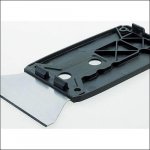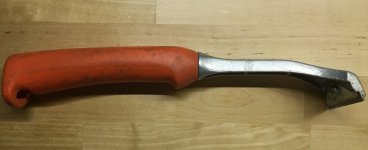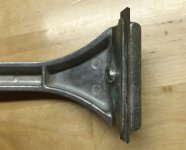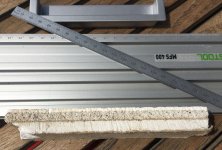mike_aa
Member
Has anyone compared the scraping blade on the LS130 versus the one for the Vecturo? I'm anticipating scraping black bathroom tile adhesive from a plaster wall. I read a previous post by [member=44099]Cheese[/member] that spoke to the use of the LS130, but I haven't seen anything after the Vecturo was introduced. I know there are two different motions to the tools. Is one better/faster than the other for this application?
Thanks, Mike A.
Thanks, Mike A.





